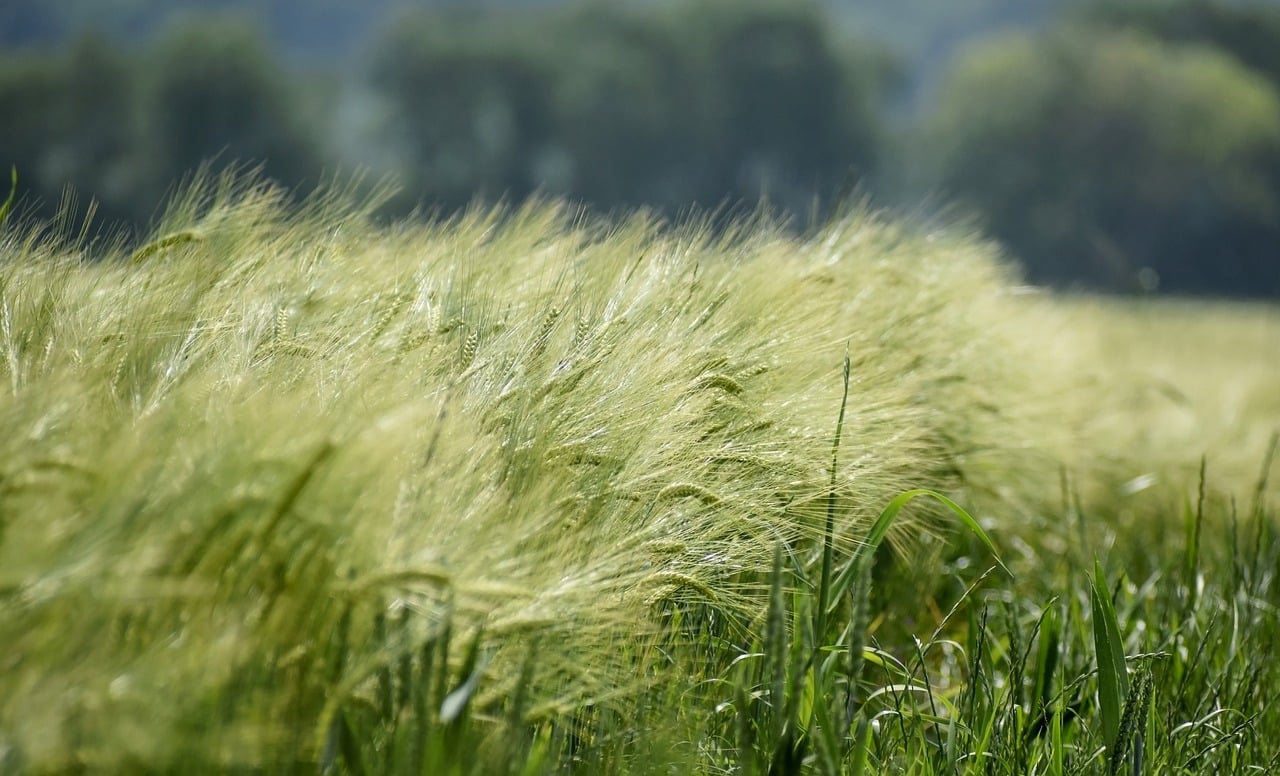Cover crops are indeed important for soil health and weed suppression. Winter rye cereal and peas are a great combination for achieving both of these benefits. Winter rye is a hardy cereal grain that helps protect the soil from erosion, improves its structure, and adds organic matter when it is eventually incorporated into the soil. Peas, on the other hand, are legumes that fix nitrogen from the atmosphere into the soil, enriching it with this essential nutrient. Together, they make a fantastic cover crop mix that can enhance soil fertility and reduce weed pressure over the winter.
The choice of cover crops depends on your specific goals and the crops you plan to plant afterward. Different cover crops offer various benefits, so you can choose to plant either one or a combination of both winter rye cereal and peas, depending on your needs.
If your main objective is weed suppression, winter rye cereal is a great option as it forms a dense mat that can smother weeds and prevent them from germinating and growing. This can be particularly beneficial if you have a weed problem in your field or garden.
On the other hand, if you also want to improve soil fertility and nitrogen levels, incorporating peas as part of your cover crop mix is a smart choice. Peas are legumes that have a symbiotic relationship with nitrogen-fixing bacteria in their root nodules. This allows them to convert atmospheric nitrogen into a form that can be utilized by plants. By planting peas, you can enrich the soil with nitrogen, which is an essential nutrient for plant growth.
Ultimately, it’s all about understanding your specific objectives and selecting the cover crops that will best meet your needs.
Different crops have varying nutrient requirements, and tailoring your cover crop choices to meet those needs can greatly benefit your main crop’s growth and yield.
For crops that require high nitrogen levels, such as corn or other leafy vegetables, incorporating nitrogen-fixing cover crops like peas or clover can be advantageous. These leguminous cover crops will fix atmospheric nitrogen and make it available for the subsequent crop, providing a natural source of nitrogen fertilizer.

On the other hand, root vegetables like carrots or beets may have a lower nitrogen demand but require higher levels of phosphorus for optimal root development. In this case, cover crops that are good accumulators of phosphorus, such as buckwheat or hairy vetch, can be beneficial. These cover crops scavenge phosphorus from the soil, preventing it from leaching away and making it available for the following root crops.
It’s essential to consider the nutrient needs of your main crops and select cover crops that can enhance those specific nutrient levels in the soil. By doing so, you can create a more balanced and nutrient-rich growing environment for your plants.
